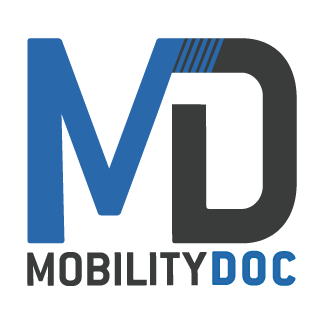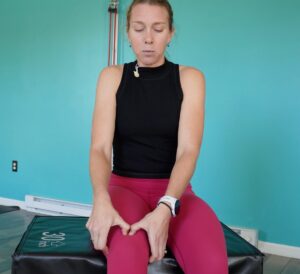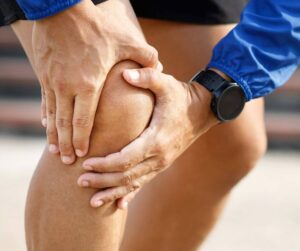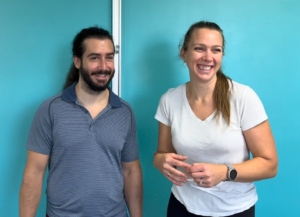You’ve probably heard the term “functional fitness” thrown around in gyms, on social media, or even in physical therapy. Here’s the thing—often people completely miss the mark on what it is and how it pertains to them. So join us as we answer the question what is functional fitness. We’ll also show you how you can apply it to your everyday life.
Functional Fitness
At its core, functional fitness is about training your body to perform better in real-life activities. It’s not just about lifting heavier in the gym, but moving better in the ways that matter to you. Whether that’s running, playing a sport, gardening, or just keeping up with your lifestyle.
But there’s another layer here that often gets overlooked: neurology. There is a distinct link in how we make things functional. This link is all about how our brain connects to our body and something called motor planning.
What Is Motor Planning?
Before we dive deeper, motor planning is your brain’s ability to organize and execute movement. Think of it as the blueprint your nervous system writes before your body ever takes action.
When you decide to go for a run, for example, your brain doesn’t just send random signals to your muscles. It carefully sequences which muscles fire. Then how much force they generate, and when the muscles activate. Now if we had to think about this we’d go crazy! This is a subconscious action that happens without us even realizing it. Without strong motor planning, movements can become sloppy, inefficient, or even risky for injury. If you read that last sentence and you’re thinking… compensations? You’re on target.
This is where functional fitness often gets misunderstood. An exercise only really becomes functional if it builds a better connection between your brain, your muscles, and the task at hand.

How Do Functional Fitness and Motor Planning Connect?
Have you ever done your exercises without really thinking about it? If your brain isn’t engaged in the process, your body can’t make the connection between “exercise” and “real-life movement.” Functional fitness has to go beyond just strengthening a muscle. It needs to train the link between activation and the activity you’re preparing for. That’s why when you’re doing an exercise and trying to isolate, you need to concentrate and feel that muscle working. After you can repeat that action, you also need to think about and feel that muscle work when you’re trying to apply it to the task.
What most people don’t realize is, when you work out, you’re not just building muscle. You’re training your nervous system to recognize when and how to use those muscles. That’s why functional fitness isn’t about doing the flashiest exercises. It’s about making sure your body and brain are on the same page.
Two “Not So Functional” Functional Exercises
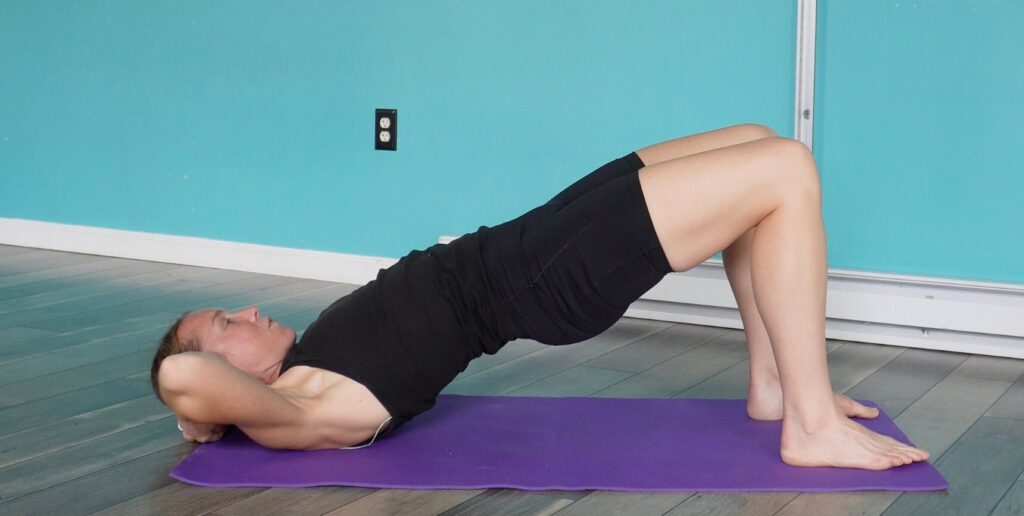
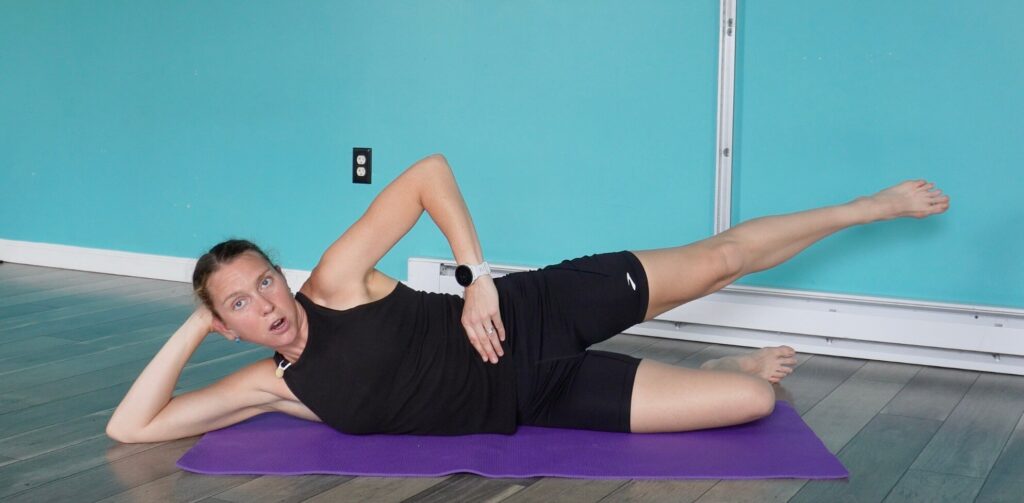
Now, don’t get too confused by the title of this section… These two exercises are INCREDIBLY functional, they just don’t usually get labeled that way. Don’t be fooled though, these actually build some of the most foundational links between muscle activation and movement.
- Glute Bridges
Often thought of as a rehab or warm-up move, glute bridges can carry directly over into sport. This exercise teaches your brain to properly recruit your glute max. The glute max is a big part of your ability to extend your hips. Without hip extension, you can’t sprint, jump, or push off effectively. By practicing glute bridges, you’re helping to associate using your glutes when your hips are in full extension. Then when it’s time for that run, really focus on the feeling to help create that link. - Side Leg Lifts
On their own, side leg lifts don’t look like much. But here’s the key: they train your lateral hip muscles to stabilize your pelvis. If your pelvis drops every time you step while running, you’re setting yourself up for injury. Side leg lifts are the foundation to more complex exercises. These other exercises continue building the link between your stabilizers and the running stride itself. They may not look “functional,” but they lay the base for smoother, safer, and more efficient movement.
Watch This Video About Functional Fitness
So—what is functional fitness? We hope you now have a better understanding. It’s not just training movements that look like daily activities. It’s about training your body and brain together. That way when you step out of the gym, your muscles fire the right way, at the right time, for the right task.
When done with intention, most exercises can be made into functional fitness. Most exercises might look simple… They’re teaching your nervous system to link muscle activation to real movement. And that’s what truly matters.
At the end of the day, functional fitness isn’t about the exercise itself. It’s about whether it helps you keep doing what you love.
Get your questions answered! Comment on our YouTube video (featured above) with an exercise you want broken down. Our next installment of “What is Functional Fitness” might just use your suggestion!
Improve Your Foundation
By now, you already know why just copying “real-life” movements in the gym doesn’t make your training functional. You’ve seen how true functional fitness is about linking your brain to your body—using motor planning to activate the right muscles at the right time?
MDRx Full Body is a program designed to take everything you’ve learned about functional fitness and put it into practice. Each workout helps you build those brain-to-muscle connections so your training actually carries over to the way you move, run, lift, and live.
With MDRx Full Body, you’ll:
Improve your full body foundation in ways that you can translate directly into your sport and lifestyle.
Strengthen your nervous system’s ability to recruit the right muscles on demand.
Build the kind of fitness that doesn’t just look good in the gym—it works in real life.
👉 You’ve learned what makes fitness truly functional. Now it’s time to live it.
Start MDRx Full Body and never stop doing what you love.
